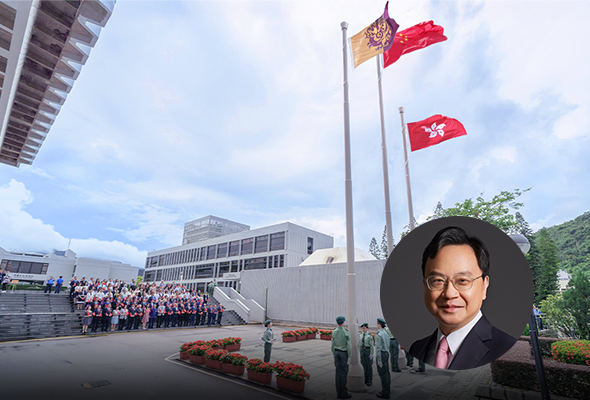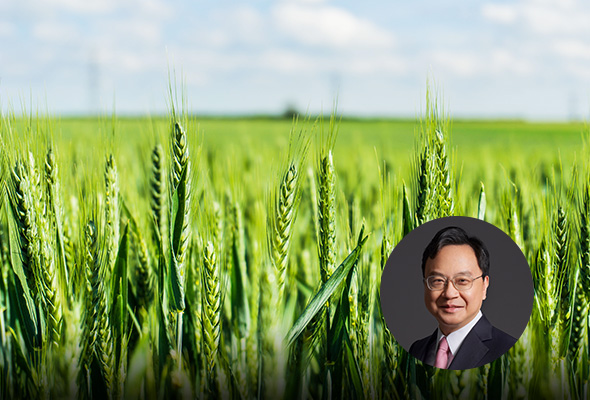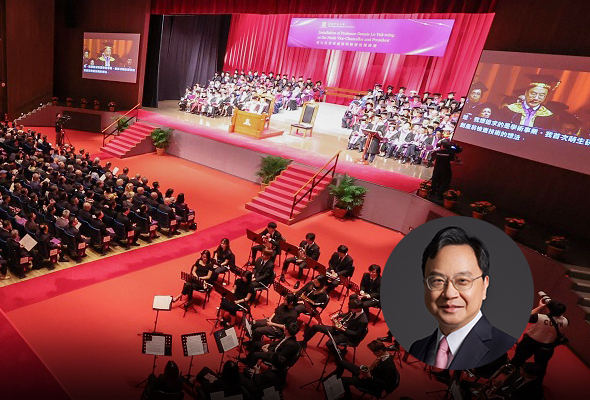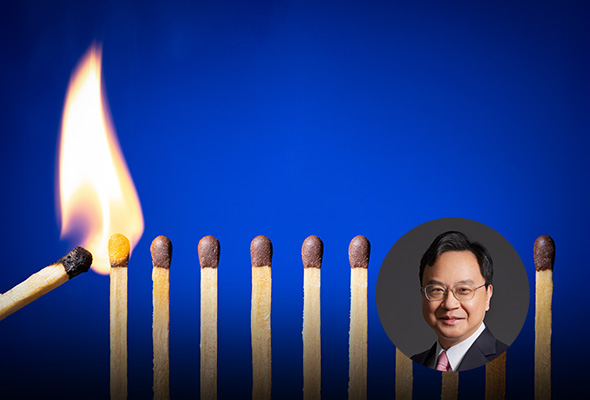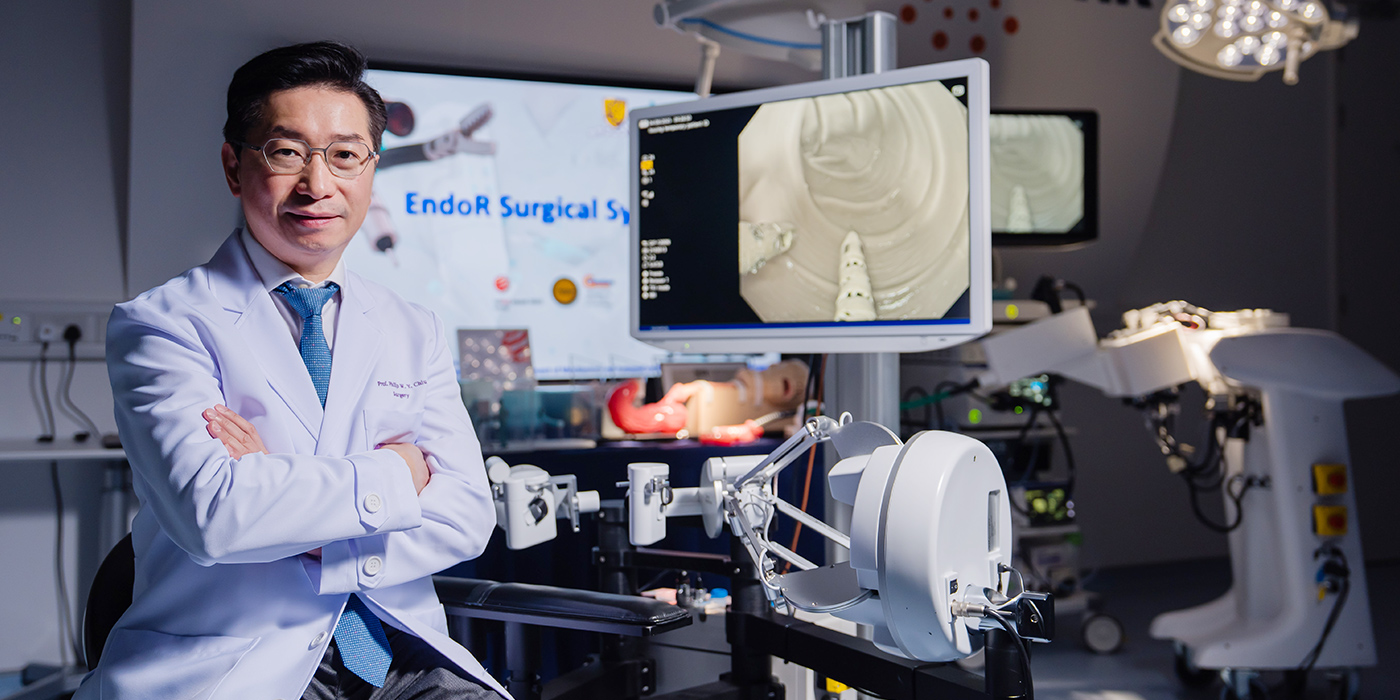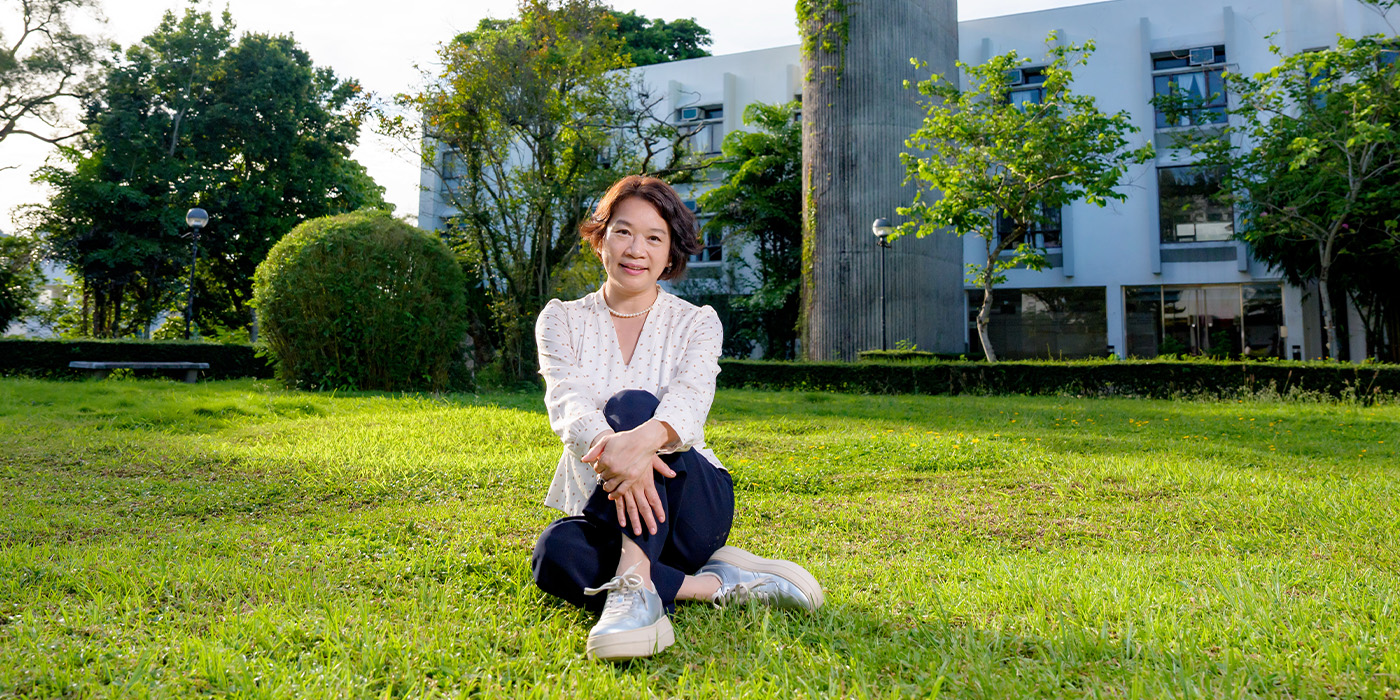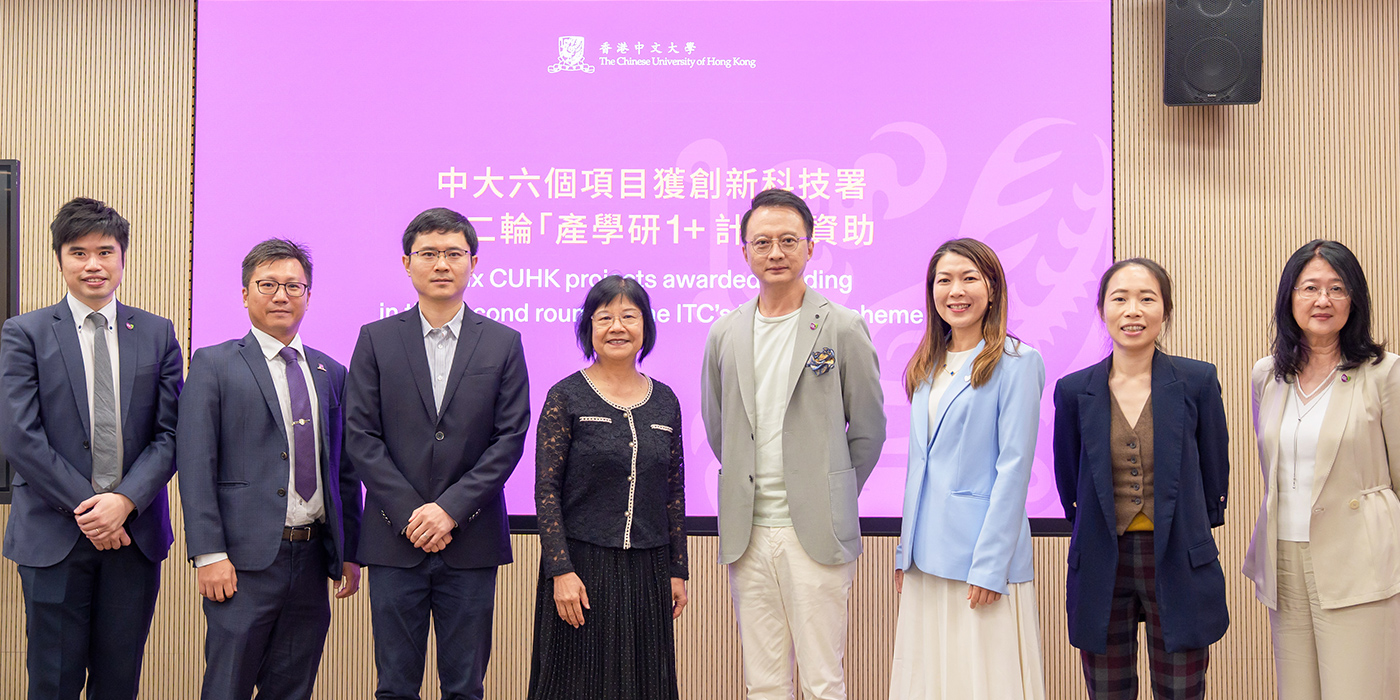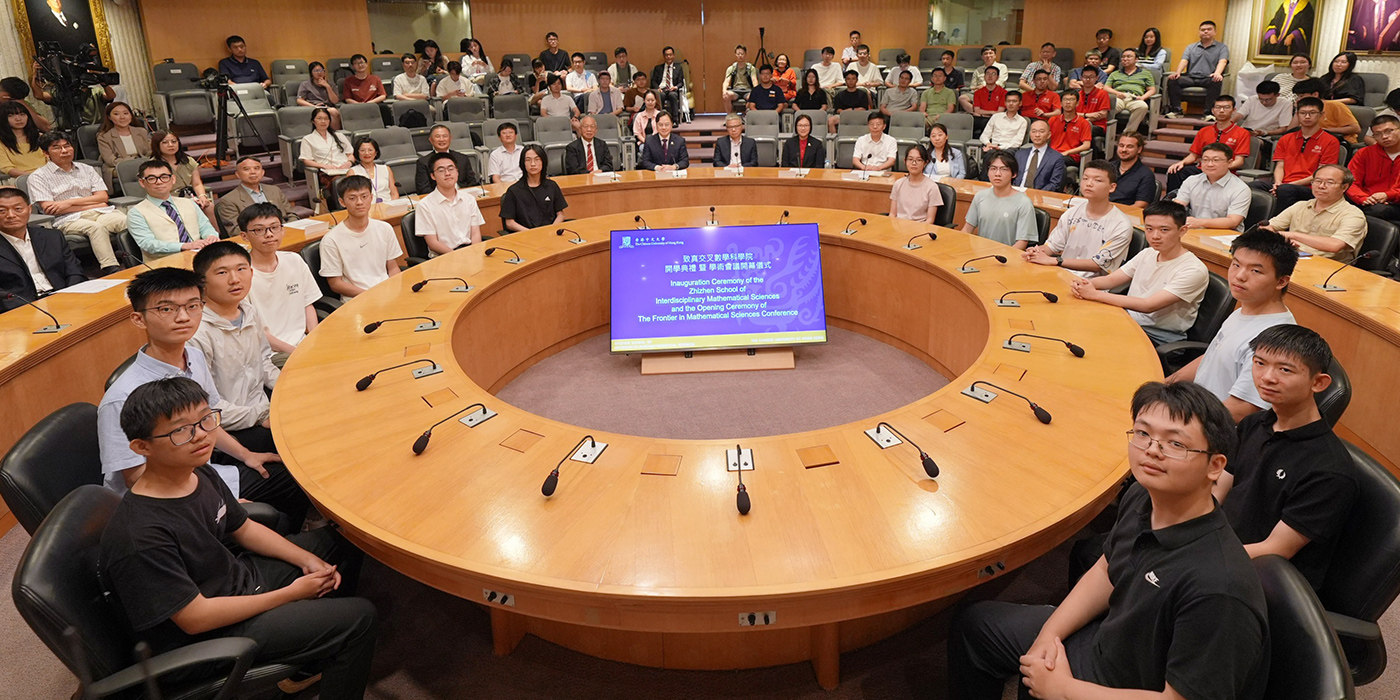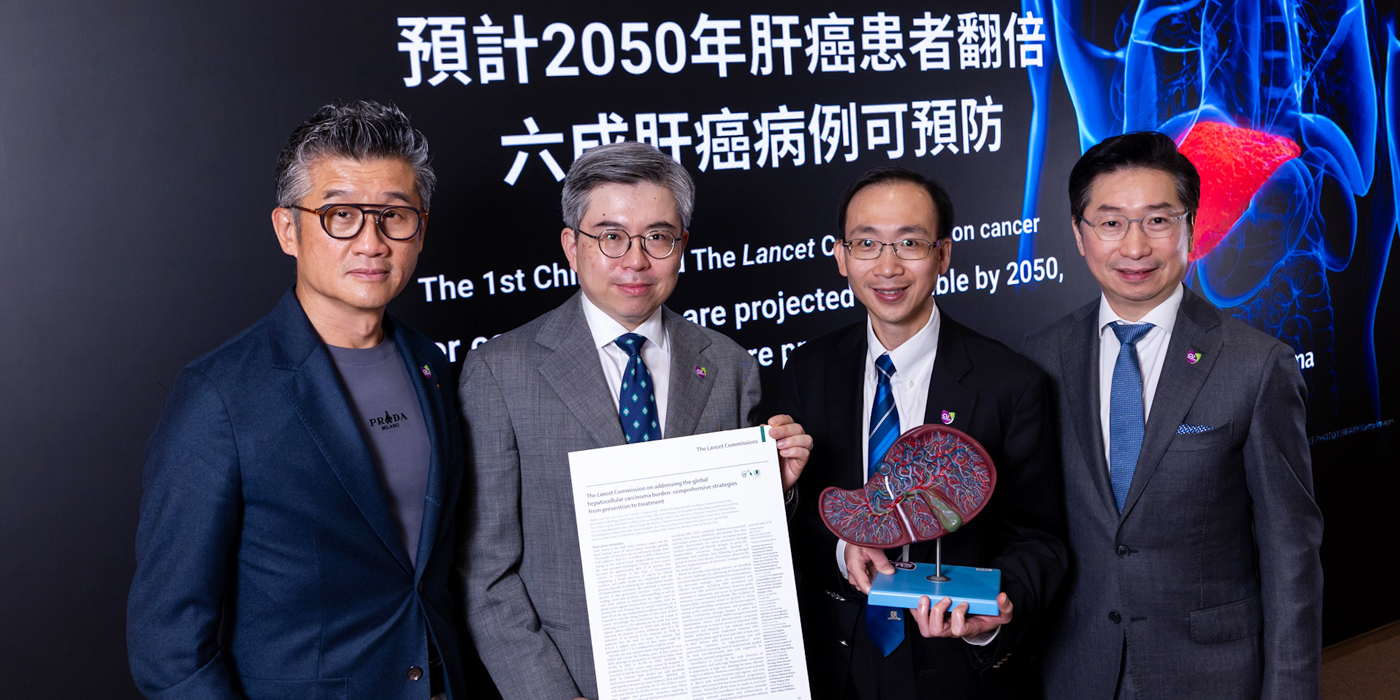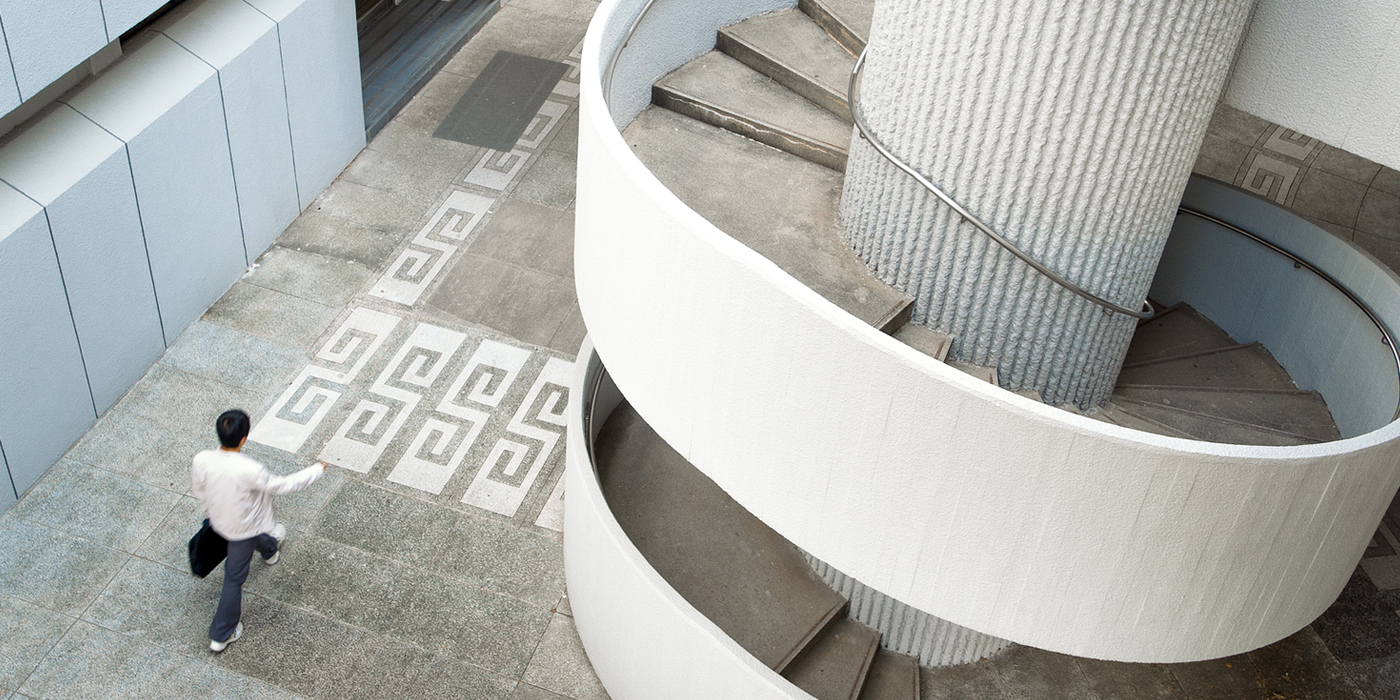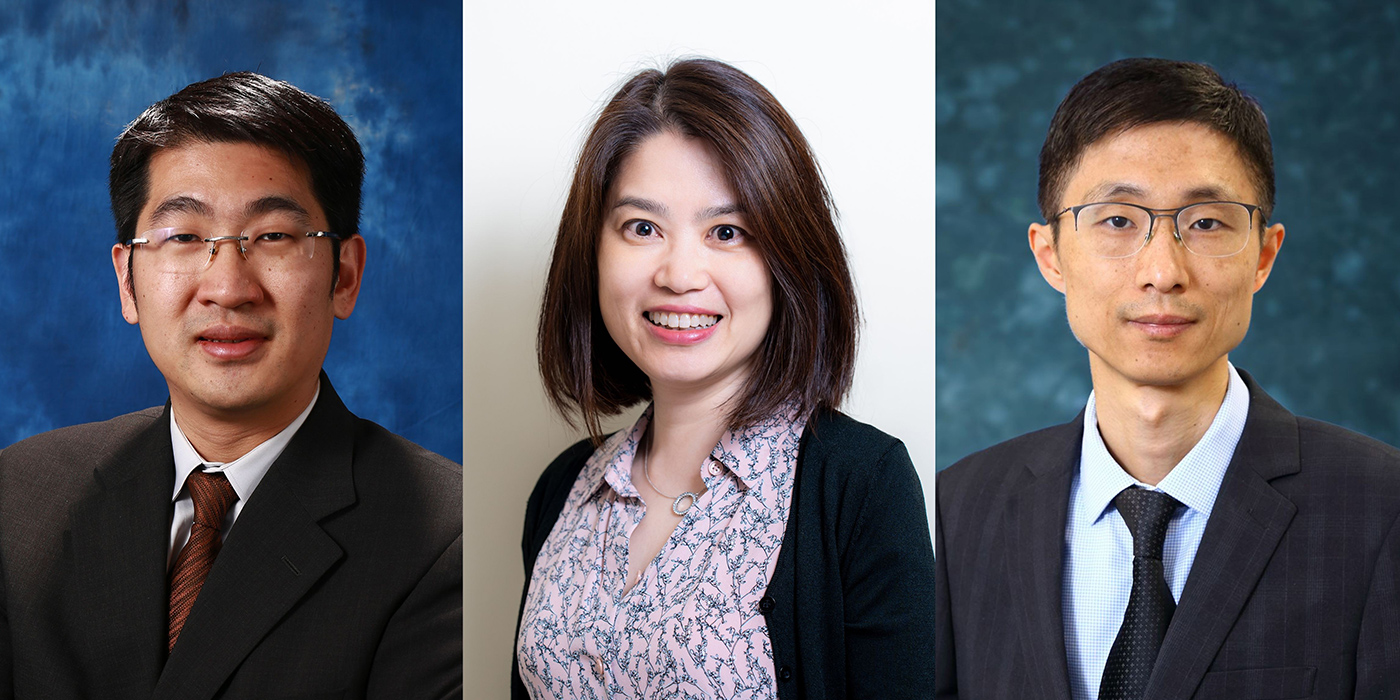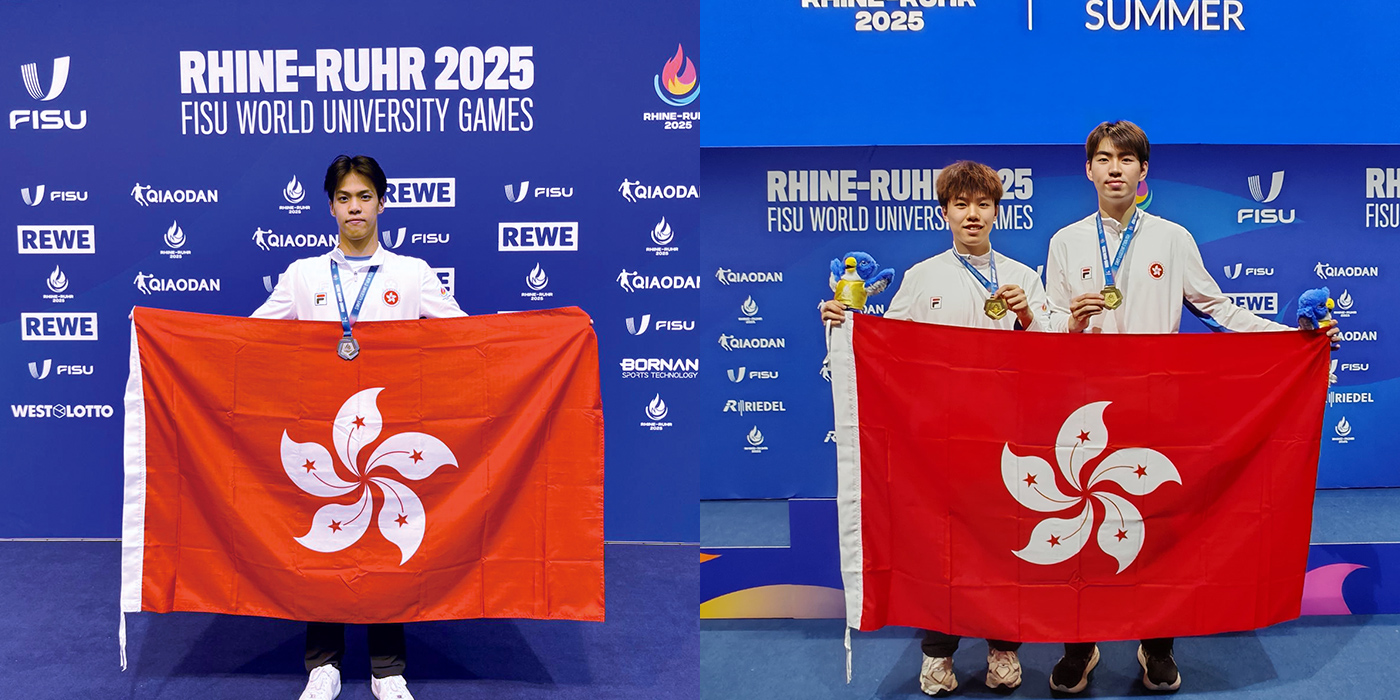Chan Wai-keung
Technician, Department of Electronic Engineering
35-year award
14 May 2025
While his name may not feature in academic journals, Chan Wai-keung’s decades of behind-the-scenes dedication have helped lay the foundations for the University’s pursuit of excellence.
Shortly after receiving a Higher Diploma in Applied Physics from the Hong Kong Polytechnic (now The Hong Kong Polytechnic University) in 1989, Chan Wai-keung joined CUHK’s Department of Electronic Engineering as a technician, following a recommendation from a teacher. Entrusted with maintaining laboratory equipment, Chan embarked on a 35-year career, witnessing and contributing to the department’s evolution.
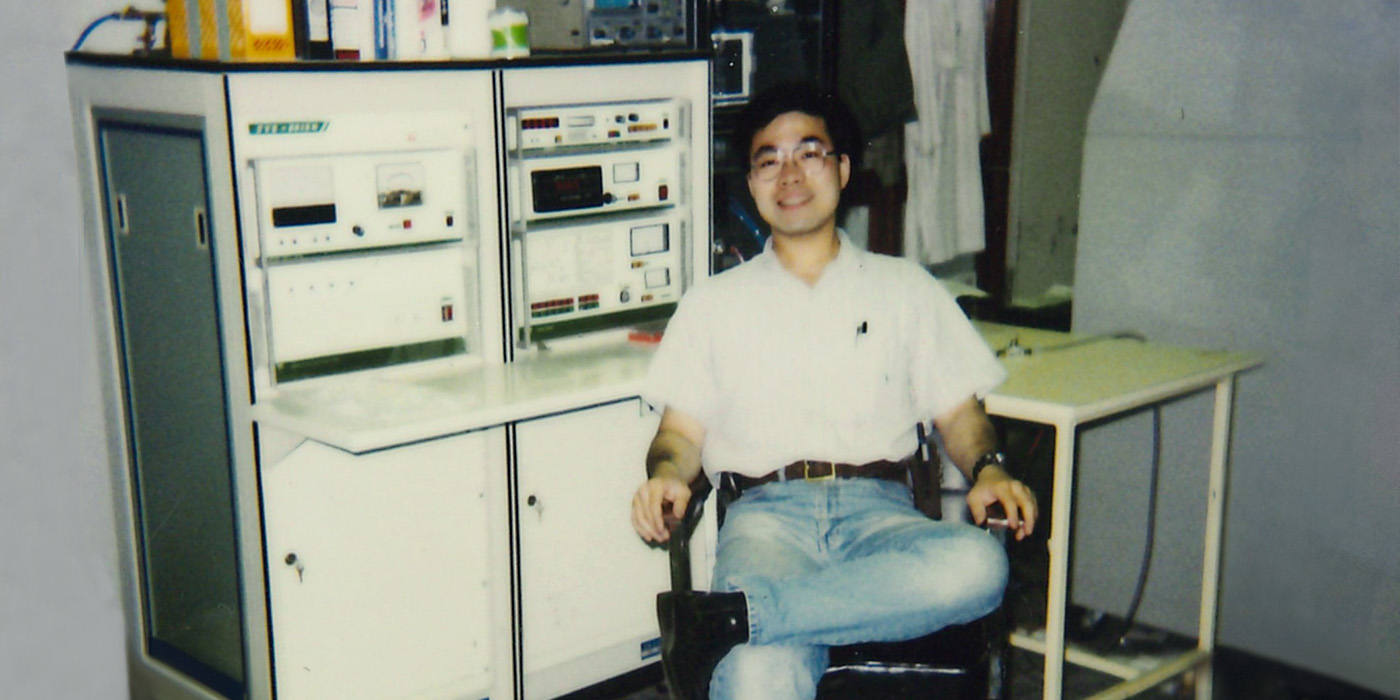
Recalling his work in the early 1990s, Chan depicts an era when most laboratory equipment was imported from overseas. Communication with manufacturers was challenging in the absence of the internet. “When equipment broke down, we had to send detailed descriptions of the problem by fax to engineers abroad,” he recounts. “Due to time differences, we often had to wait a day or two for a response.” With no comprehensive manuals or online resources available, Chan frequently visited libraries to look for relevant information. Over time, through trial and error and hands-on experience, he developed the skills to diagnose and repair a wide range of equipment.
In those days, laboratory instruments were unwieldy. Chan remembers occasions when door frames had to be removed and a 3-metre-by-3-metre wall even had to be taken down, just to move machines weighing several tonnes into the laboratory. In the light of technological advances, these massive machines were gradually replaced by more delicate devices. Today, experiments have progressed to the nanoscale, incorporating chemical and biological materials.
Throughout his career, Chan has managed an impressive array of equipment, including machines capable of generating two million volts, ultra-low-temperature systems approaching absolute zero and devices reaching temperatures of 1,200 degrees Celsius. His responsibilities also extend to the careful handling of hazardous materials – flammable, carcinogenic and radioactive substances – ensuring their safe use, storage and disposal, creating a safe environment for researchers.

Chan is also impressed by the transformation of CUHK’s campus. In its earlier days, the University was tranquil, with fewer people and abundant greenery. “We often came across wild boars, monkeys, snakes and lizards as we travelled up and down the hills,” he reminisces. “When I stayed late to finish my work, I even encountered bats.” Today, CUHK has grown into a world-renowned institution with modern research facilities and a diverse community of students and scholars from around the world.
For Chan, however, the warmth and kindness of the CUHK community is the most memorable aspect of his time at the University. He fondly recounts the moment when he sustained a head injury while moving heavy equipment. “It was just a small cut,” he says, “but a professor immediately drove me to the University clinic for treatment. I didn’t think it was necessary for him to go to such lengths, but it touched me. It showed how much the professors care about technicians like us.”
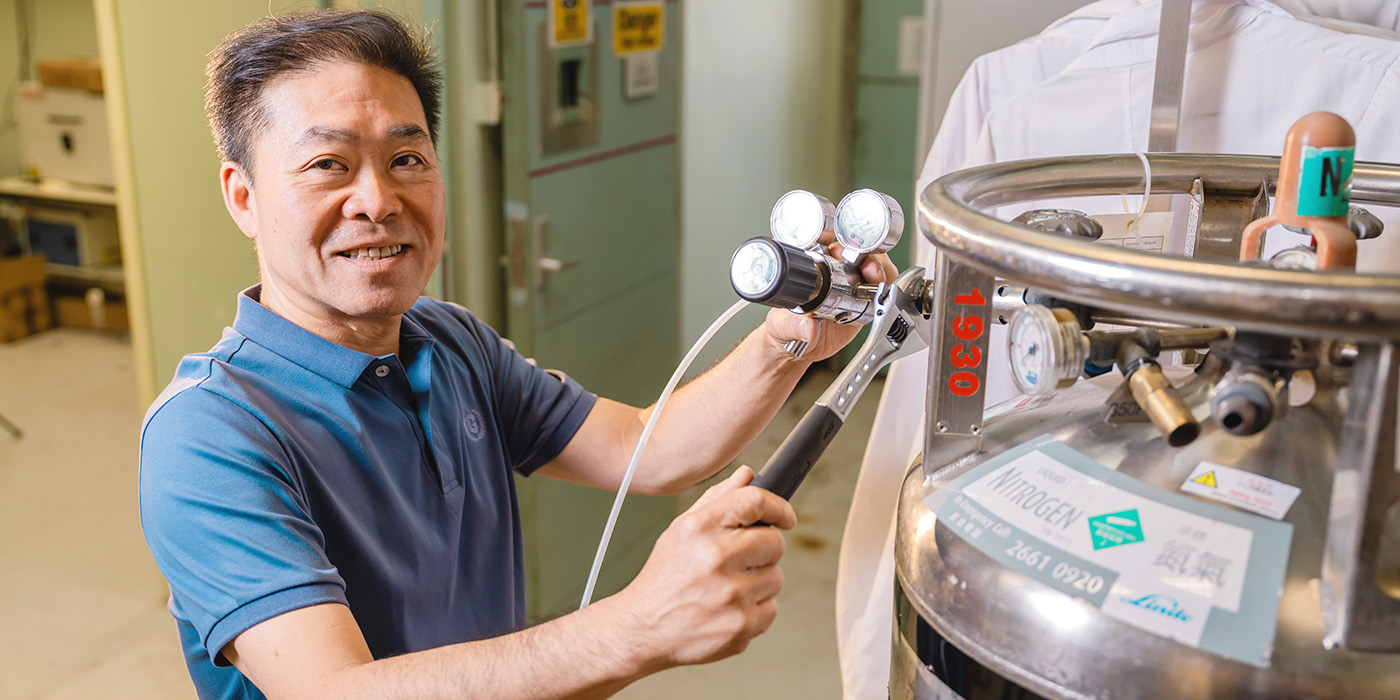
Over the past 35 years, Chan has been dedicated to his duties, finding fulfilment in the ever-evolving challenges of academic research and the opportunities to engage with cutting-edge equipment. “It’s rewarding to know that my technical expertise and experience contribute to the success of our laboratories,” he says. A firm believer in continuing education, he has obtained qualifications in electronic safety and hazardous chemical management, in addition to bachelor’s degrees in mathematics and physics and a master’s degree in engineering physics.
Now, the Department of Electronic Engineering is embracing the era of artificial intelligence and Chan is continuing his efforts to upgrade power systems to support high-performance servers, preparing the hardware for future challenges.
By Jessica Chu
Photos by Steven Yan and courtesy of Chan Wai-keung



